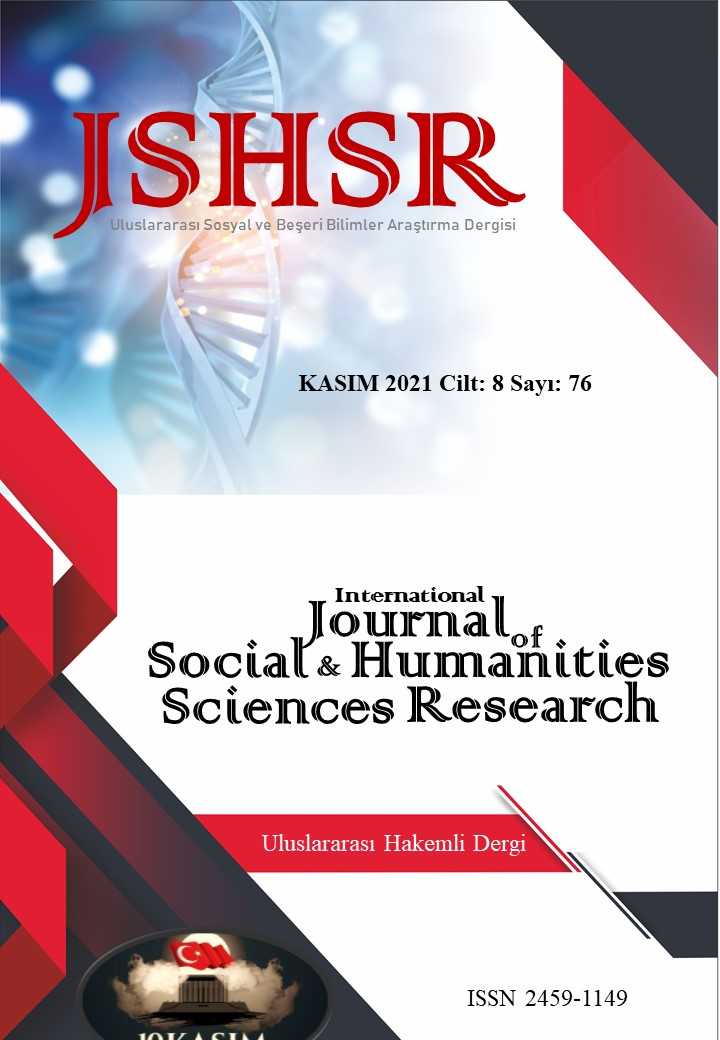URBAN TRANSFORMATION: ISTANBUL KÂĞITHANE DISTRICT STRATEGIC IMPLEMENTATION
DOI:
https://doi.org/10.26450/jshsr.2901Keywords:
City, Urban Transformation, Kağıthane, IstanbulAbstract
The physical building stock of Kâğıthane district generally consists of occupation of public lands and illegal structures. It is remarkable in terms of compatriot ties, the nervousness of social and ideological ties, and the social texture of settlement structures. The importance of the area of Kağıthane has come to the fore in recent years, with its close location to the center of Istanbul (inside the city walls) and the provision of public services adjacent to its walls. In the industry and service sector, the preference of the employees of public and private organizations in the district of Kağıthane due to the heavy traffic problem in Istanbul, because of its proximity to the workplaces, has revealed that Kağıthane is an area where the workers live. In this context, the transformation of the slum areas (tin houses, etc.) in Kâğıthane, and the service and product supply of the city center districts have led to the economic fulfillment of the working section of the city center in need of the service sector in the Kâğıthane region. By creating new residential, living and recreational areas in many areas of the city, the economic value of the area has increased and new business potential has been created by meeting the needs of the people by bringing new potentials to the region. In this context, urban transformation; In order to ensure the safety of life and property, to protect the social texture of historical cultural values and to carry the cities that represent civilization to the future, it should be guided in all urban transformation, where it is a national existence problem, together with its preservation and development
Downloads
Published
How to Cite
Issue
Section
License
Copyright (c) 2021 INTERNATIONAL JOURNAL OF SOCIAL HUMANITIES SCIENCES RESEARCH

This work is licensed under a Creative Commons Attribution 4.0 International License.


